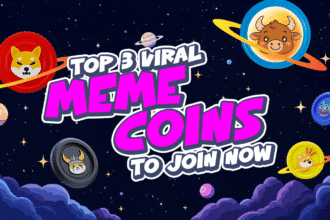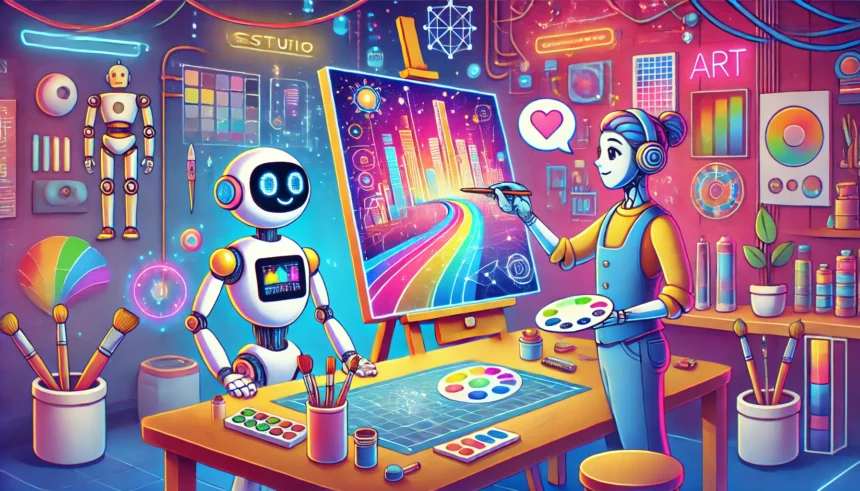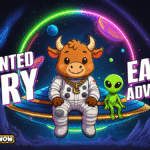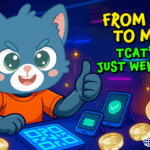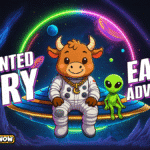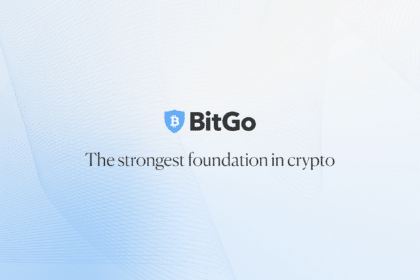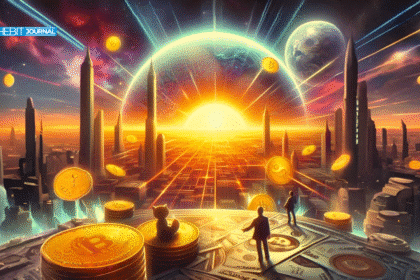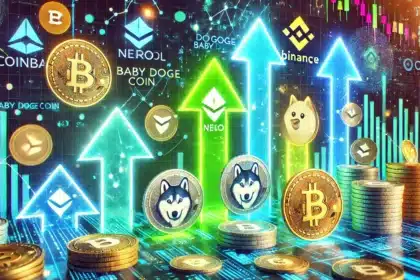A compelling narrative unfolds: Artificial Intelligence (AI) is not here to overshadow human creativity but to amplify and broaden its horizons. Roman Cyganov, founder and CEO of Antix, passionately asserts,
“AI tools have broadened the horizons of what’s possible in the art industry and amplified human creativity.”
This perspective invites us to explore how AI serves as a catalyst for unprecedented levels of expression, collaboration, and accessibility in the creative realm.
AI: A Partner in the Creative Process
Rather than viewing AI as a threat, many artists and industry experts see it as a valuable collaborator. AI can assist artists in conceptualizing complex visuals and generating interactive experiences that were previously unimaginable. For instance, AI algorithms can analyze vast datasets to inspire new artistic styles or compositions, providing a fresh palette for creators to experiment with. This partnership between human intuition and machine computation opens doors to innovative art forms that blend the best of both worlds.
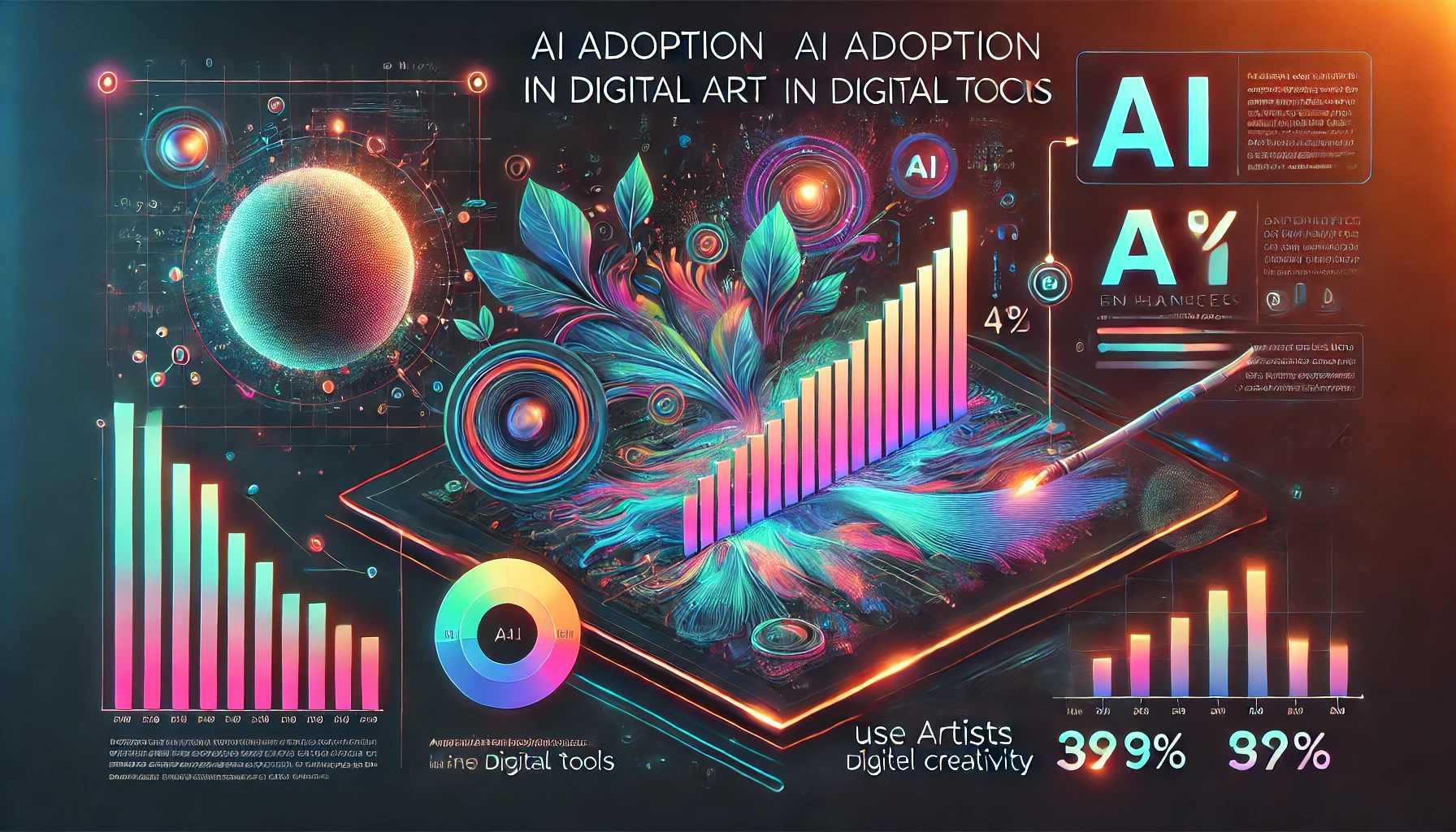
Ethical Deployment: Preserving Artistic Integrity
Integrating AI into the art world necessitates a careful and ethical approach. Cyganov emphasizes,
“The ethical deployment of AI is crucial. It’s important to ensure that AI augments human input without erasing it.”
This involves proper attribution, fair use of data, and responsible AI training to preserve the authenticity and integrity of artistic expression. By establishing clear guidelines and respecting intellectual property rights, the art community can embrace AI’s benefits while safeguarding the contributions of human creators.
Digital Humans: Revolutionizing Customer Engagement
Beyond the canvas, AI is making waves in customer service through the emergence of digital humans. These AI-powered avatars simulate human-like behaviors, providing personalized and empathetic responses to users. Companies are leveraging digital humans to enhance user satisfaction, offering support that feels more engaging and less mechanical. For example, NTT DATA has developed AI-powered digital humans to revolutionize customer experience, showcasing the potential for AI to create more natural and effective interactions.
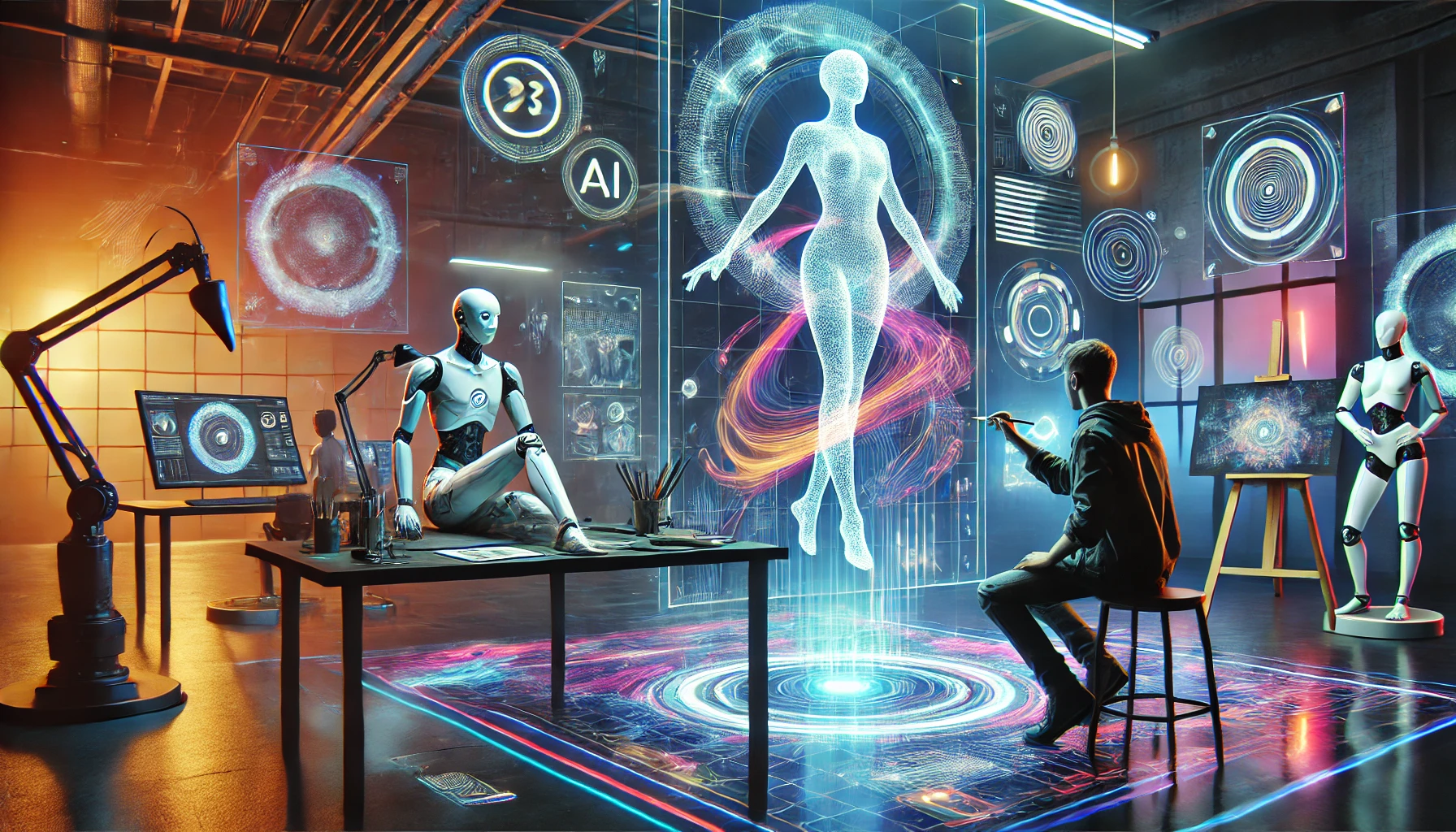
Balancing Innovation with Ethical Considerations
As AI continues to permeate the creative industries, it’s essential to balance innovation with ethical considerations. Ensuring that AI serves as a tool to enhance rather than replace human creativity is paramount. This includes addressing concerns about AI-generated content infringing on artists’ intellectual property and the potential devaluation of traditional art forms. The industry can navigate these challenges and harness AI’s full potential by fostering a collaborative environment where AI and human creativity coexist.
Summing Up
In conclusion, AI stands as a powerful ally in the creative industries, offering tools that expand the possibilities of artistic expression. By embracing ethical practices and viewing AI as a partner rather than a replacement, artists and creators can explore new frontiers of creativity, ensuring that human ingenuity remains at the heart of art.
Stay tuned to The BIT Journal and keep an eye on Crypto’s updates. Follow us on Twitter and LinkedIn, and join our Telegram channel to be instantly informed about breaking news!
FAQs
1. How is AI enhancing creativity in the art industry?
AI assists artists by providing tools to conceptualize complex visuals, generate interactive experiences, and analyze vast datasets for inspiration, thereby expanding the possibilities of artistic expression.
2. What are digital humans, and how are they used in customer service?
Digital humans are AI-powered avatars that simulate human-like behaviors, providing personalized and empathetic responses to users. They are used in customer service to enhance user satisfaction by offering more engaging and natural interactions.
3. What ethical considerations are important when integrating AI into the creative process?
Key ethical considerations include proper attribution of AI-generated content, fair use of data, responsible AI training, and ensuring that AI augments rather than replaces human creativity.
4. How can artists protect their intellectual property in the age of AI?
Artists can protect their intellectual property by advocating for clear guidelines on data privacy, accountability, and ethical use of AI. Engaging in discussions about AI regulation and collaborating with policymakers can also help safeguard their rights.
Glossary of Key Terms
Artificial Intelligence (AI): The simulation of human intelligence processes by machines, especially computer systems, enabling them to perform tasks that typically require human intelligence.
Digital Humans: AI-powered avatars designed to simulate human-like behaviors and interactions, often used in customer service to provide personalized support.
Ethical AI Deployment: The practice of integrating AI in a manner that respects human input, ensures proper attribution, and maintains the integrity of original content.
Generative AI: A type of AI that can generate new content, such as images, music, or text, by learning from existing data.
Intellectual Property: Creations of the mind, such as inventions, literary and artistic works, designs, and symbols, names, and images used in commerce, which are protected by law.

